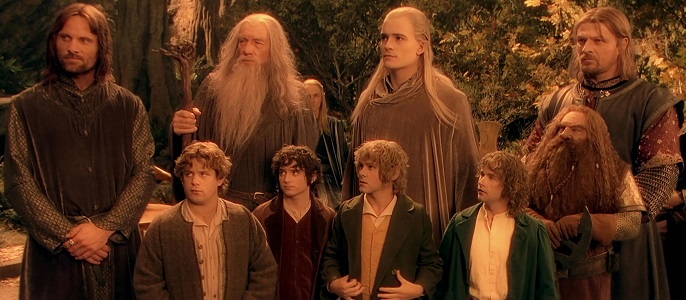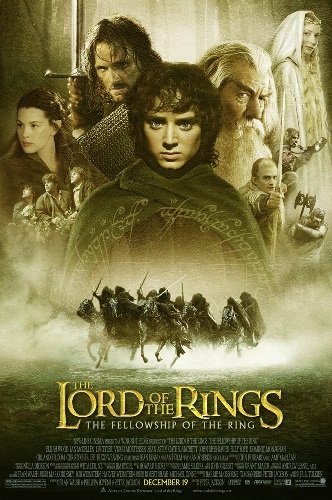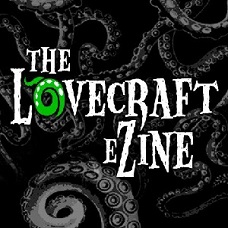I received Under Twin Suns: Alternative Histories of the Yellow Sign as a Christmas present and read it in only a few days. Unfortunately, January and February were busy months, and I couldn’t finish my review of this anthology until now. In the time since I read Under Twin Suns, it made the final ballot for the 2021 Bram Stoker Awards. Congratulations are in order for the editor, James Chambers, publisher, Hippocampus Press, and all the authors. The Bram Stoker nomination is a well-deserved accolade for this fantastic collection.
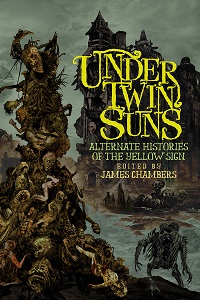
I’m an avid fan of Robert W. Chamber’s The King in Yellow. I’ve written a few tales loosely connected to the King in Yellow, and I even took a trip to visit the author’s grave in Broadalbin, New York. Suffice it to say, when I first heard about Under Twin Suns, I was excited by the prospect of an anthology consisting of King in Yellow-inspired stories. My excitement only doubled when I found out some of my favorite authors, such as John Langan, had tales included.
Per the advice of James Chamber’s introduction, I read this collection from front to back. It’s a testament to the quality of the work in Under Twin Suns that I was able to do that with no issue. I often find that anthologies have ebbs and flows, like a novel, and some stories prove to be more or less engaging based on your mindset while you’re reading. Occasionally, you may even skip a tale to revisit. There wasn’t a single story in Under Twin Suns that didn’t hold my interest. I read each one and moved right to the next until I was finished.
I’ve listed a few of my favorite tales in this collection below, but I wanted to note again that each work included in Under Twin Suns is great. These stories are just the ones that resonated most with me on my first reading. “Robert Chambers Reads The King in Yellow” by Lisa Morton is the first tale, and I loved the meta nature of it. “The King in Yella” by Kaaron Warren felt like a modern take on Karl Edward Wagner’s “The River of Night’s Dreaming.” “The Yellow House” by Greg Chapman ramped up to a stunningly insane climax. “Freedom for All” by JG Faherty felt topical as it dealt with a conspiracy theory driven cult. “Y2K” by Todd Keisling gets props for bringing David Bowie into the King in Yellow mythos. “Veiled Intentions” by Linda D. Addison was an excellent poetic inclusion. Lastly, “The Exchange” by Tim Waggoner was a perfectly Twilight Zone-esque story with a wonderful ending.
If you haven’t read Under Twin Suns yet, I highly recommend you pick up a copy. That said, be sure you’ve read at least “The Yellow Sign” and “The Repairer of Reputations” by Robert W. Chambers before you dive into this anthology. I’m sure you can still enjoy this collection if you’re not familiar with those tales, but you’ll get a lot more out of each author’s work with some prior knowledge of The King in Yellow. If you need a taste of Chamber’s prose before picking up his work, you can check out this video, where I read an excerpt from his story “The Yellow Sign” while visiting the author’s final resting place.




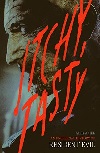 original Resident Evil. Fans of the series fondly recall the first time they read that haunting tome. I was amused to learn that in Japanese, the phrase is “kayui uma,” but due to the words being homonyms in that language, the phrase can mean “itchy, tasty,” or an odd assortment of amusing other things such as “delicious porridge,” “itchy porridge,” or “itchy horse,” to name a few. I was also amused to learn that the voice and live actors in the first Resident Evil were, essentially, a hodgepodge of English speakers with no voice acting experience pulled in off the streets of Japan.
original Resident Evil. Fans of the series fondly recall the first time they read that haunting tome. I was amused to learn that in Japanese, the phrase is “kayui uma,” but due to the words being homonyms in that language, the phrase can mean “itchy, tasty,” or an odd assortment of amusing other things such as “delicious porridge,” “itchy porridge,” or “itchy horse,” to name a few. I was also amused to learn that the voice and live actors in the first Resident Evil were, essentially, a hodgepodge of English speakers with no voice acting experience pulled in off the streets of Japan.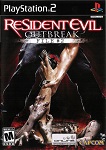 Resident Evil games exclusively for Nintendo’s GameCube for a short time. As a kid, I didn’t have a GameCube, but my brothers had one at my dad’s. As a result, I spent most of my weekends and summers at my dad’s playing Resident Evil Remake, Resident Evil Zero, and Resident Evil 4 (which were all exclusive to GameCube for a time). I was also reminded of playing Resident Evil: Outbreak and Resident Evil Outbreak: File 2. These were the first online games I ever played, and I had to use my uncle’s PlayStation 2, which had an online adapter, to connect with other players during a short visit to his apartment in Philadelphia over the summer of 2005.
Resident Evil games exclusively for Nintendo’s GameCube for a short time. As a kid, I didn’t have a GameCube, but my brothers had one at my dad’s. As a result, I spent most of my weekends and summers at my dad’s playing Resident Evil Remake, Resident Evil Zero, and Resident Evil 4 (which were all exclusive to GameCube for a time). I was also reminded of playing Resident Evil: Outbreak and Resident Evil Outbreak: File 2. These were the first online games I ever played, and I had to use my uncle’s PlayStation 2, which had an online adapter, to connect with other players during a short visit to his apartment in Philadelphia over the summer of 2005.